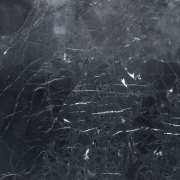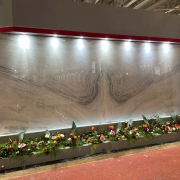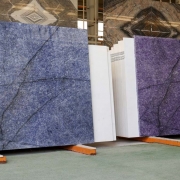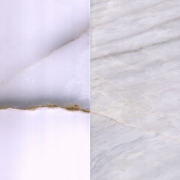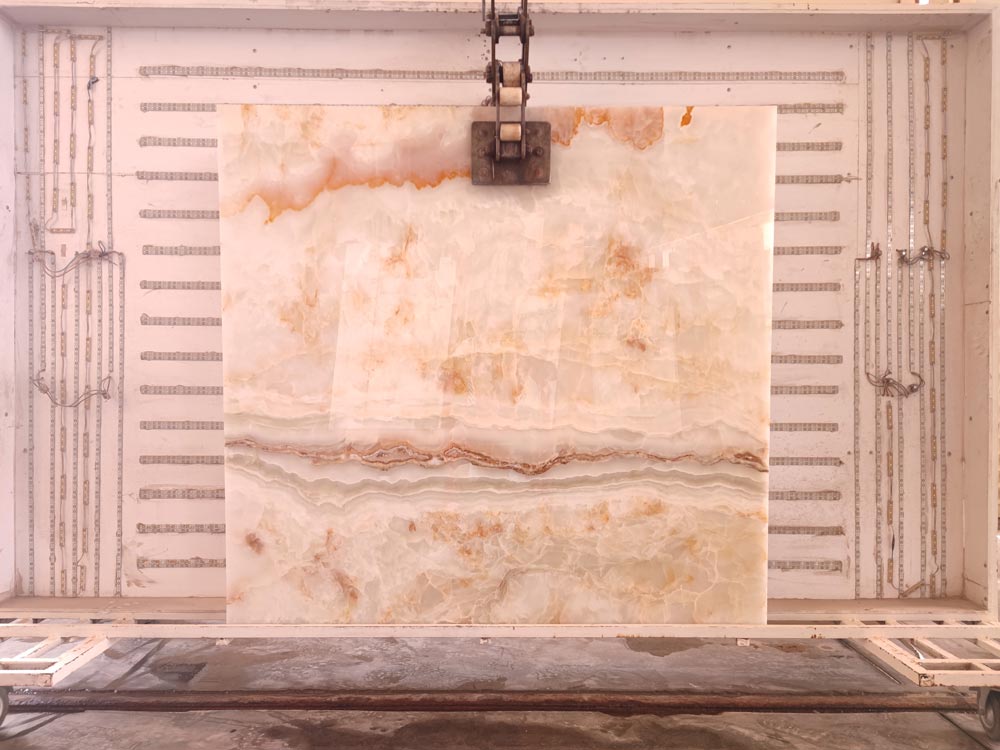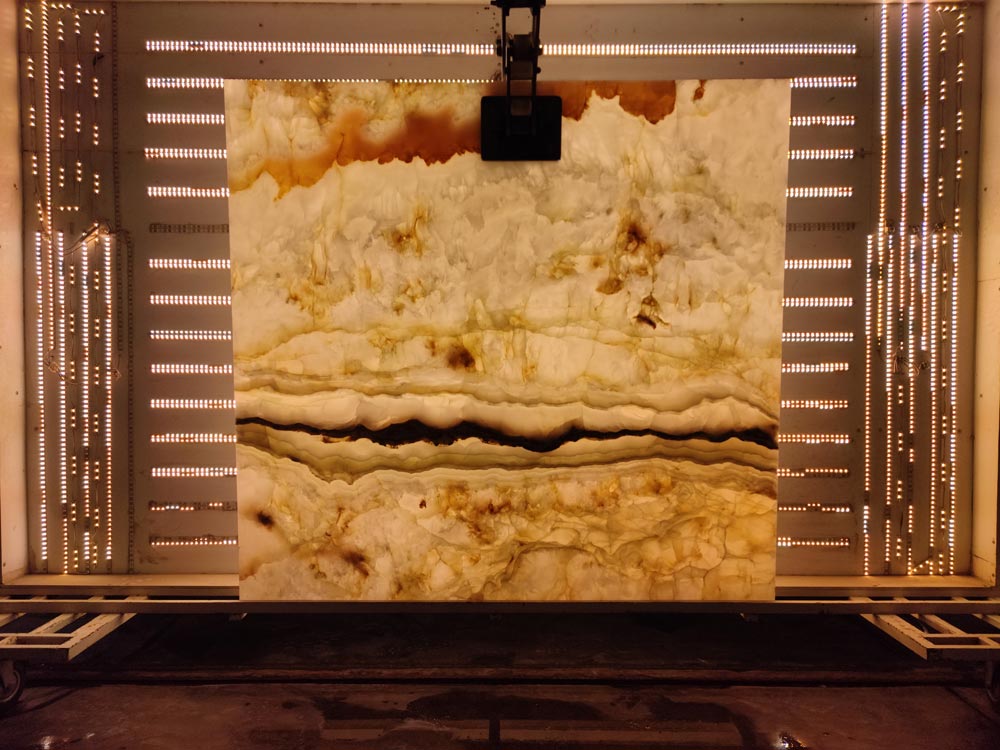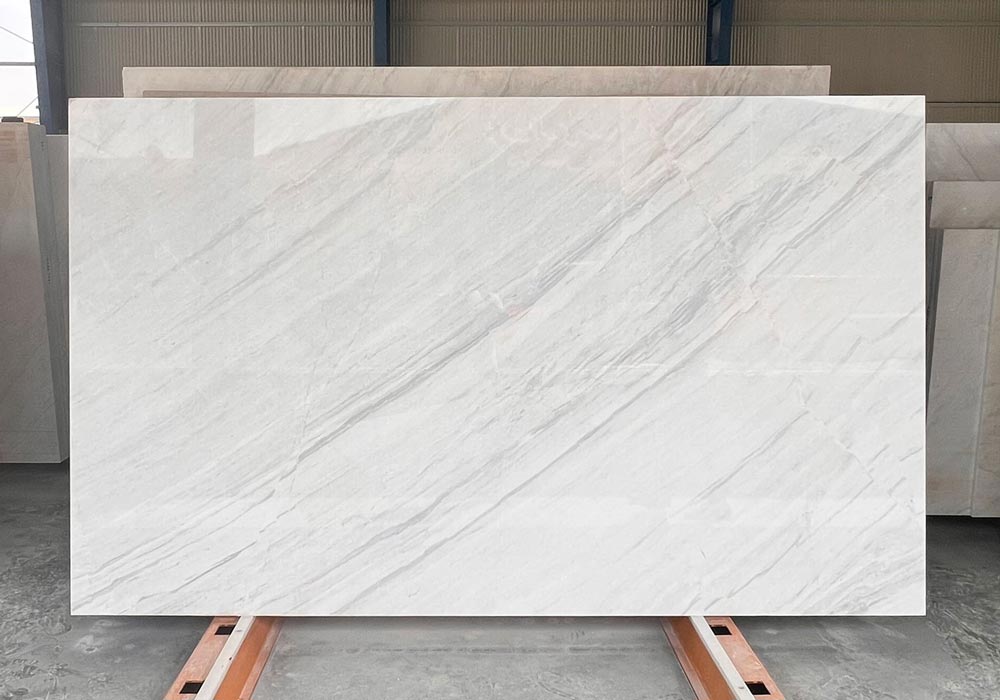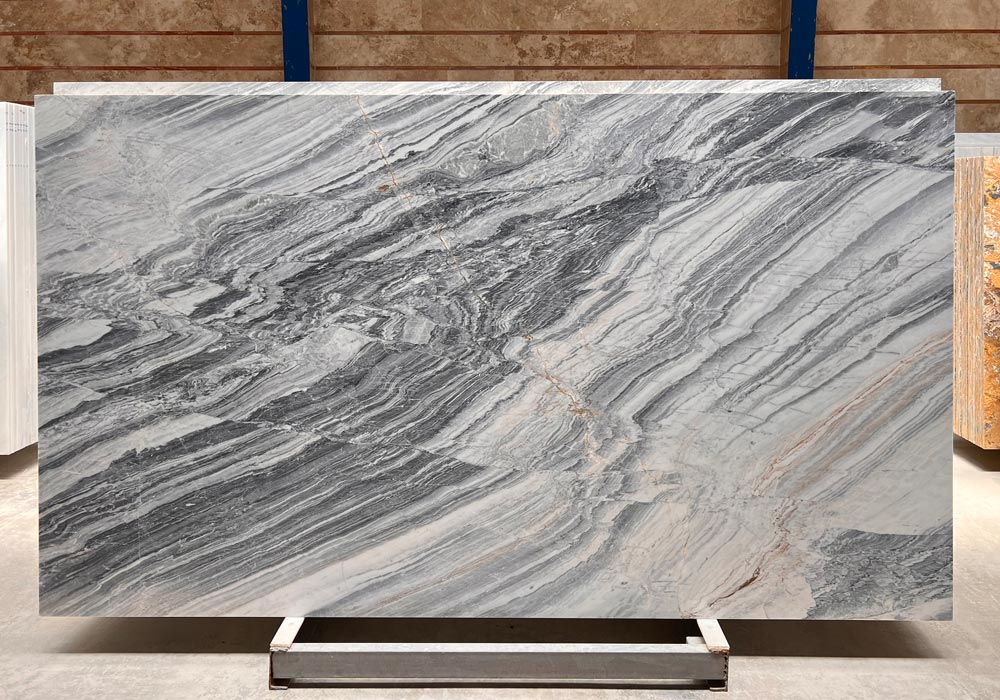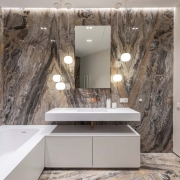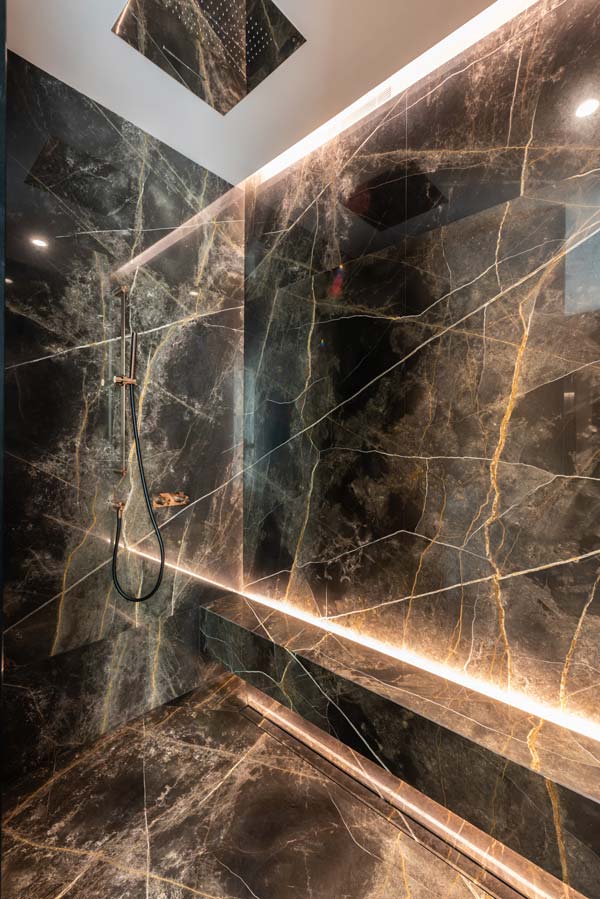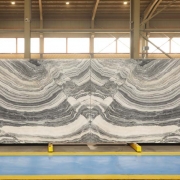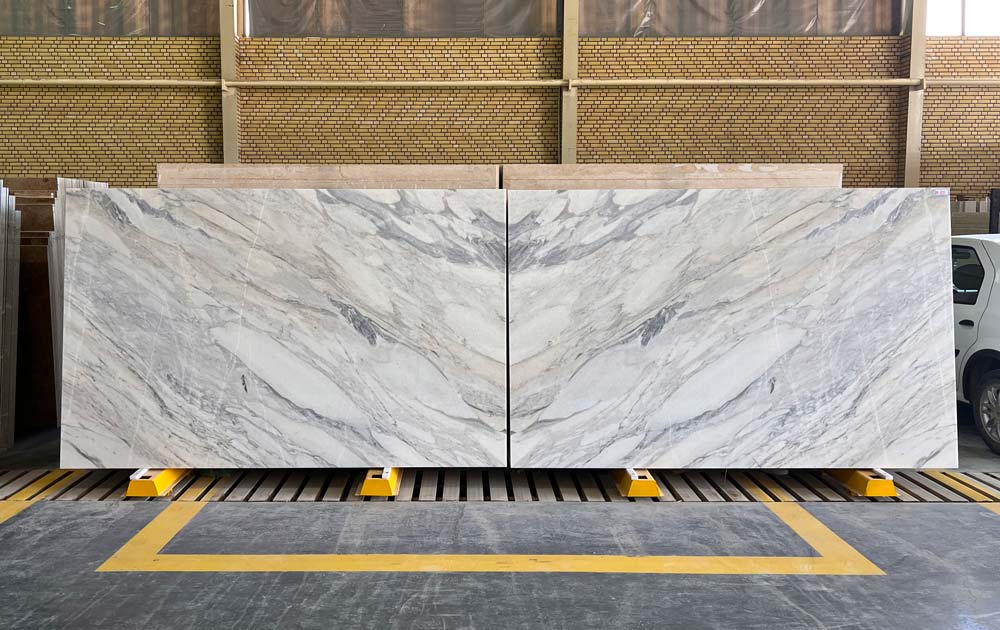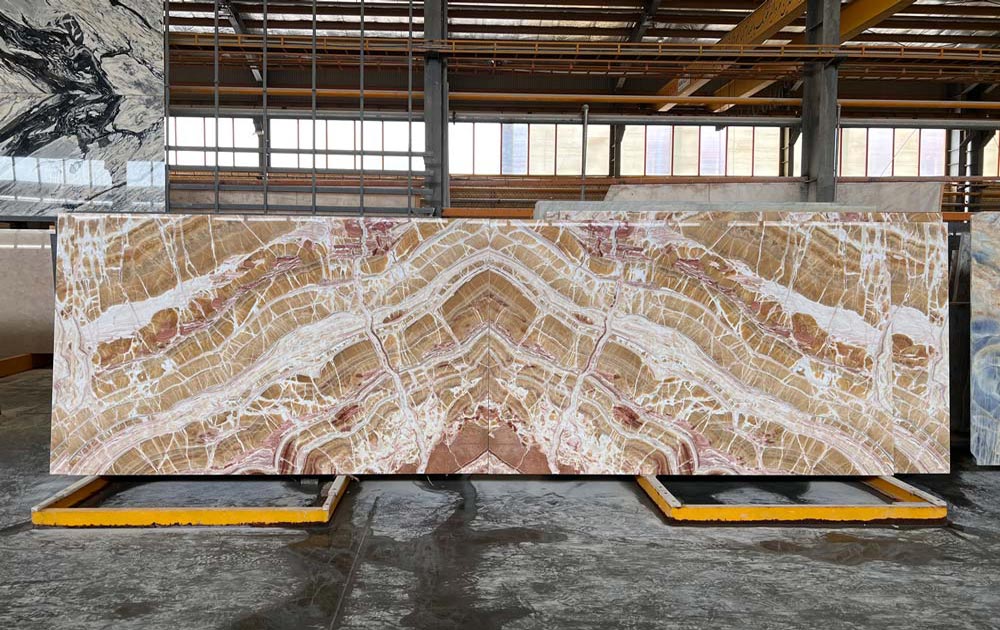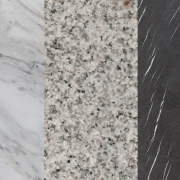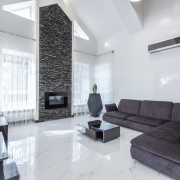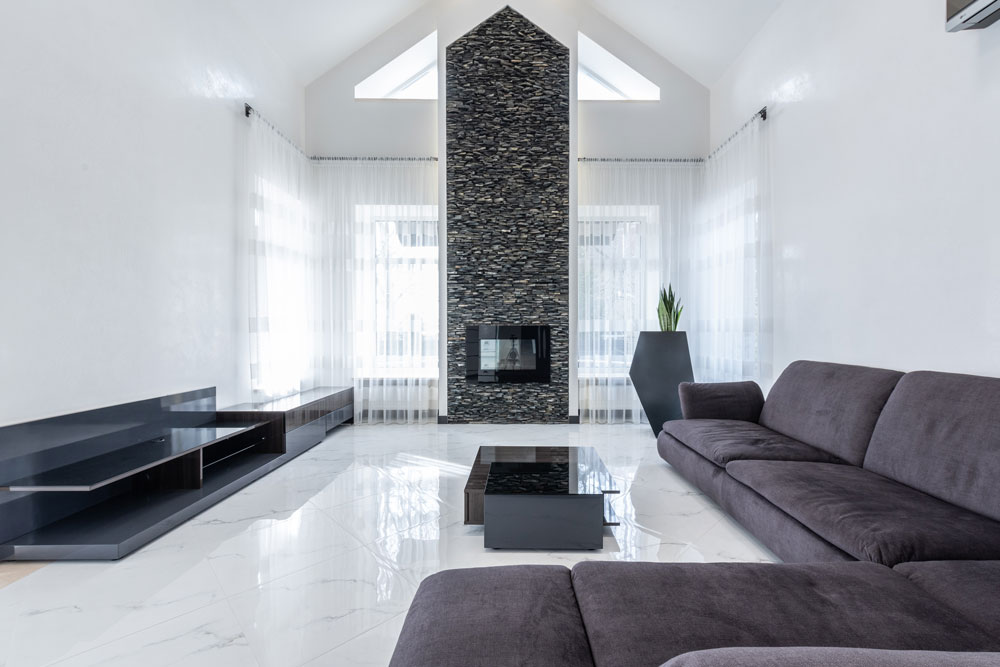Important points when buying a suitable stone
Buying a suitable building stone is one of the most difficult decisions to make, and builders and architects always be confused when choosing or buying the stone they need. Buying a suitable stone requires careful consideration of all its aspects. In this article, we are going to tell you the most important points of buying stones. So, if you intend to buy a suitable stone, don’t miss this article.
Important points when buying stones
Pressure resistance
The pressure resistance of the stones is one of the most important points when buying them. stones should have appropriate pressure resistance according to their use. So, in order to choose the appropriate stone, before buying it, you should consider the fact that in which part of the building it is going to be installed. Therefore, the stone won’t be damaged in the process of time and use.
Façade stone: the pressure resistance of the facade stone should be at least 300 kg/cm.
Floor stone: The pressure resistance of the floor stone depends on the place of its installation. For example, the suitable pressure resistance for the floor stone of the commercial and residential buildings is different from the suitable pressure resistance for the floor stone of the parking lots. By the way, the pressure resistance of the floor stone of the residential buildings must be at least 500 kg/cm, office and commercial complexes must be 270 kg/cm, and the floor stone of the parking lot must be 900 kg/cm.
Note: The suitable pressure resistance for using stones in different places such as floor, wall or facade, inside or outside of the buildings are different.
Water absorption
The amount of water absorption of a stone is another important factor when buying it. All stones absorb water, but their absorption rate is different. For example, limestones have high water absorption and they can’t be used in the humid or wet places such as bathrooms or WCs.
Façade stone: The amount of water absorption of the stones used for the exterior or façade of the buildings should not be more than 2%. But, for the stones which are used in the interior parts of the buildings, the percent of water absorption is not a big deal, so all building stones can be used for these parts of the buildings.
Paving stone: if stones have high water absorption, they will get a lot of stains. Therefore, stones with low water absorption are a suitable option for paving stones.
Application of stone
One of the important points when buying stones is to consider their uses or applications. for example, if you want to choose a stone for the exterior of a building, you should choose travertine, granite, or crystal stone, because they are resistant to sunlight, cold and heat and they won’t lose or change their color and texture against the atmospheric conditions.
Floor stone: the best option for the paving of residential buildings is marble and crystal stones. Also, granite, crystal and marble stones are suitable for the paving of offices and commercial buildings. Granite stones are also suitable for the paving stone of the parking lot. Besides, the suitable paving stones for the sidewalks are travertine and granite stones.
Stone dimensions
If the place is large, you can use slab stones with the dimensions of 80×80 and 100×100 cm for its paving. And if the place is small, you should also use small size or tile stones with the dimensions of 40×40, 40×20 cm. Also, if the place is rectangular, you use stones with rectangular dimensions, such as 80×40, 60×30 cm. So, look for a stone that matches the shape and size of your space.
Stone storage
Choosing stones for large areas or big projects is a hard decision, because they should have a suitable storage and they should be able to supply the whole required stones. Also, having the enough information of the cycle of stone mining to processing is very important. Because, some stone mines may be closed for some seasons because of their special geological situations, or they may not be able to produce stones in large amounts, so in these cases, your project may remain incomplete.
Stone price
When buying stones, you should pay attention with your budget. There are many different types of stones, and also there are many stones which are similar to each other. Some stones have a high price due to their high demand and export, but there are also similar stones at a lower price that can replace such stones. Another reason affecting the price of the stones is their sizes and types of processing. Therefore, if you don’t have enough budget to buy slab stones, you can replace smaller ones.
Types of stone processing
One of the most important points in choosing and buying stones is the type of stone processing. One of the common mistakes in the natural stone filed is that stone is not produced but processed. Stone are natural materials to which are cut and processed in the stone factories depending on the type of order such as polished, honed, sandblasted etc. The type and quality of materials used in stone processing can have a direct effect on the prices of the stones.
Stone color
To choose and buy your favorite stones, be sure to pay attention to their color theme. Stones have a world of colors and designs and each of them has its own characteristics and features. All the stones are not stable in color and they will lose their color against the sunlight. Marble, onyx and limestone will lose their color against the sunlight over time, but travertine and granite are more resistant to sunlight. Recently, some stones are colored in different ways, so such stones will lose their soon.

